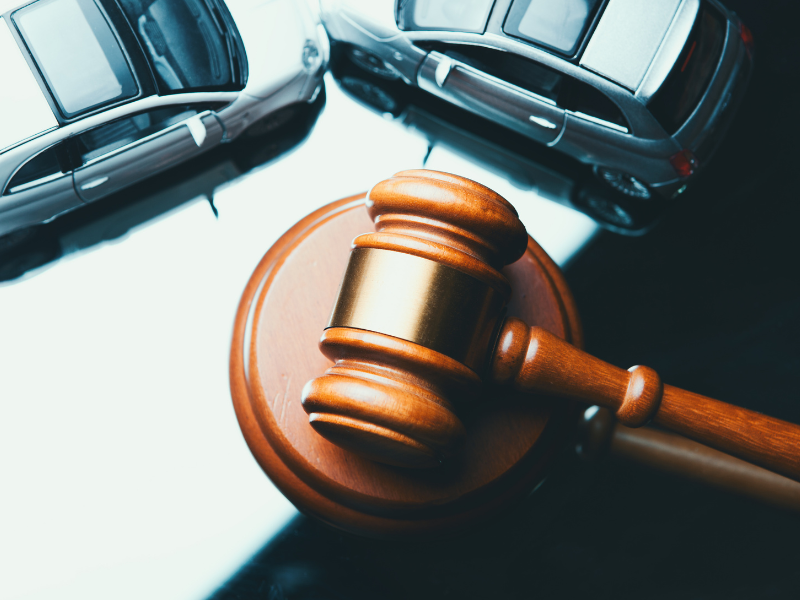Once a personal injury lawsuit is officially filed, there are distinct steps that must take place to resolve the case. However, at any time during the trial process before the jury makes a decision, parties may agree to settle the claim after negotiation. Settlement talks may take place from the very outset of the personal injury claim. Some jurisdictions even require pre-trial conference before the trial begins.
(Understanding the Pre-Trial Phases of a Personal Injury Lawsuit)
Trial:
This is the formal process by which both sides of the lawsuit present their evidence and supporting facts to prove their case. For the plaintiff, their lawyer will often try to prove the defendant was negligent or, in some extreme cases, intentionally malicious and thereby caused personal injury to the plaintiff. In some cases, proving that the defendant had a duty of care to the plaintiff is simple. For instance, when establishing that a doctor neglected a patient under their care, an attorney need only establish that an official doctor/patient relationship existed. Inherent in that relationship is a duty of care to the patient on the part of the doctor. In other cases proving a duty of care existed may be a bit more complex. Establishing that the defendant had a responsibility to protect the plaintiff may be necessary should the defense argue that there was no such duty in the first place. For instance, if there is a vague relationship at play (as in a contractor who hires a subcontractor, who in turn hires an employe and that employee is injured on the job, it may be unclear that the contractor actually authorized the hire of subcontract workers by their subcontractor in the first place. And that leads to the next point. After the plaintiff makes their case, the defense will counter with evidence and supporting facts to defend themselves against the claims made in the lawsuit, ultimately attempting to avoid having to pay damages.
Verdict:
Once both parties have had an opportunity to make their case at the close of a trial, an official verdict is typically given. If the trial is a jury trial, that decision will be made by a jury after private deliberation of the facts. If it’s a bench trial, it will be rendered by a judge. Ultimately, the verdict assigns liability and when that happens, it also determines damages, financial or otherwise.
Appeals:
Once the verdict is handed down, either party is given the right to file an appeal with the court if they believe the verdict was not legally sound. The party that lost the initial trail will typically file an appeal shortly after the verdict is given. If the appeal is granted, the lawsuit will move to a higher court for adjudication. A resulting decision by a higher court could reverse the original verdict in the case. However, if the court denies the appeal, the original verdict from the lower court stands.
The process can be long and arduous, however, a plaintiff’s attorney must have enough time to prepare for trial. This gives them the best advantage possible in getting into a position to recover the highest amount of damages you’re eligible to receive.
If you’re looking for a Chicago personal injury lawyer who is attentive to your needs as a client and works hard to recover the maximum amount of compensation you’re owed, contact the experienced attorneys at Bizzieri Law Offices at 773.881.9000. The initial consultation and case review is free and should we represent you, there is no fee unless we recover damages for you.

